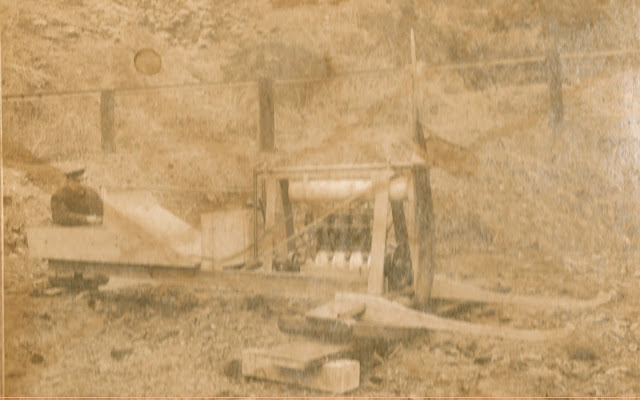Racing has always been an integral part of ice yachting. Early sailors challenged one another for supremacy on the ice. In its day, ice boating was the fastest means of travel. Challenges for bragging rights for the fastest boat have existed since these crafts were first built & sailed. Races for cash, furs, silver plates, watches, pennants and a silver tiller were noted in early news accounts. The Poughkeepsie yachts were known as the most finely crafted and the swiftest. That didn't stop challengers from other locations- notably Athens, New Hamburgh, and the New Jersey sailors from the North Shrewsbury River - from claiming that they had the fastest yacht yet seen.
Irving Grinnell, grand-nephew of Washington Irving, was a wealthy "country-gentleman" who settled in Wappingers Falls, NY, on a large estate. He was active in the New York Yacht club, serving as commodore at one point, and his passion for sailing extended to winter ice yachting. He was a keen ice yacht sailor and founded the New Hamburgh Ice Yacht Club in 1869, building up a large fleet of yachts. This passion for racing led to his creating the Ice Yacht Challenge Pennant of America. It was to be the winter version of the America's Cup, signifying the fastest boat, on ice.
 |
| Initial announcement of the Pennant in early 1875, from Mannings Yachting Annual. |
 |
| Conditions for racing. |
 |
| 1875 Registry of yachts in Poughkeepsie Ice Yacht Club and the New Hamburgh Ice Yacht Club. |
 |
| This is the write up of that first race, from John A. Roosevelt's collection. Summaries of many of the Challenge Pennant races are here. |
 |
| Eskimo, rounds the stake along the Poughkeepsie waterfront in the Feb 14, 1887 Pennant race. Note the hike in her windward runner. Eskimo, built by Jacob Buckhout for Phillips Phoenix, of Tuxedo Lake, came in seventh. She sailed for the Poughkeepsie Ice Yacht Club. Eskimo is likely the boat referenced in the NYTimes article in 1886. Archie Rogers, sailing Jack Frost for the HRIYC, won this race for the Challenge Pennant. |
 |
| Same race, same spot. Northern Light, came in second. Note the large crowds on the ice for this race. Upwards of 2000 spectators were reported to line the banks during these Pennant races. |
The 'last' two races for the IYCPA of this early era took place in 1902. Participants wisely modified the rules to race to include just 2 yachts each from the challenger and defending clubs.
Jack Frost & Icicle represented HRIYC while Scud & Dreadnaught were chosen from the North Shrewsbury Ice Boat & Yacht Club - the challengers for the Pennant. Frost won both races.
 |
| Line up for the start of the 1902 IYCPA race. ( not sure which of the 2 races, Feb. 7 or Feb 13, this is) |
 |
| Jack Frost, racing in 1902. |
 |
| Icicle. Willie Smith who worked for John A. Roosevelt year round, was often at the helm of Icicle in big races. |
To read about the last race for the Pennant (in the era of the gaff rigged stern steerers) go here.
to be continued....
(All these older, historical photos are Courtesy of the Franklin D. Roosevelt Presidential Library and Museum, Hyde Park, New York.)








































